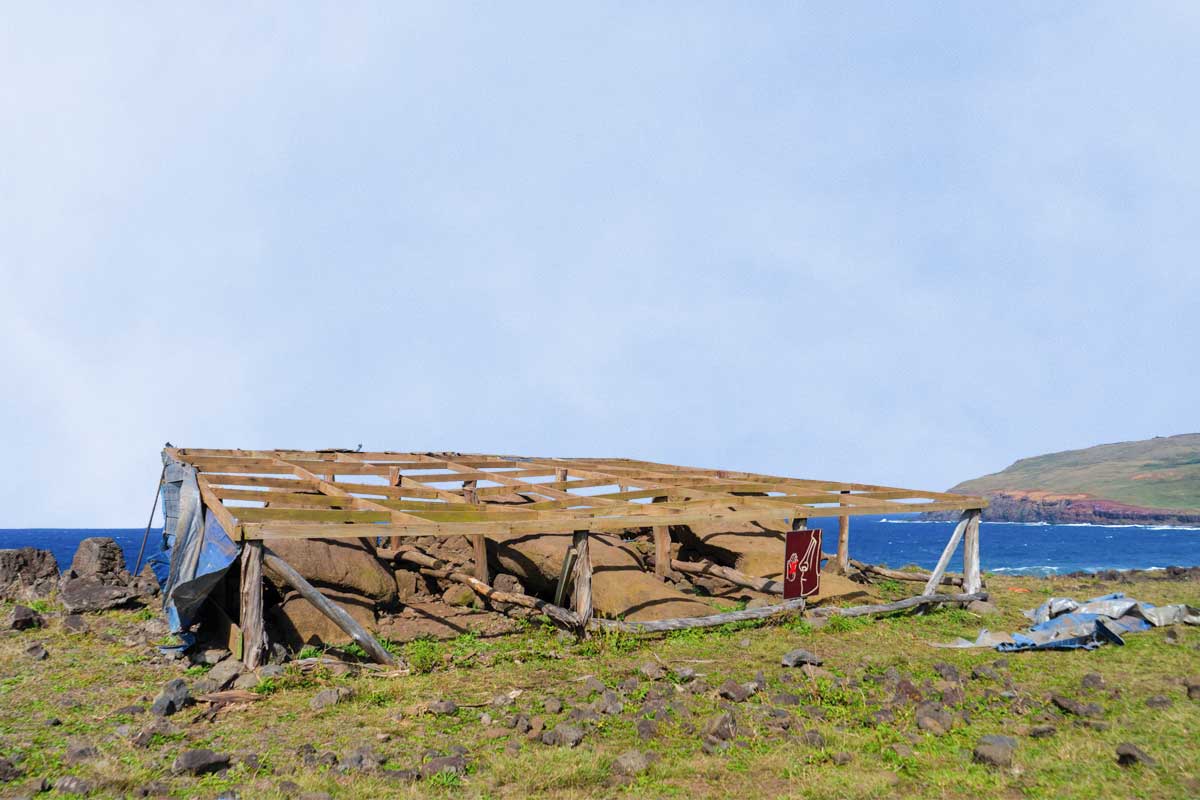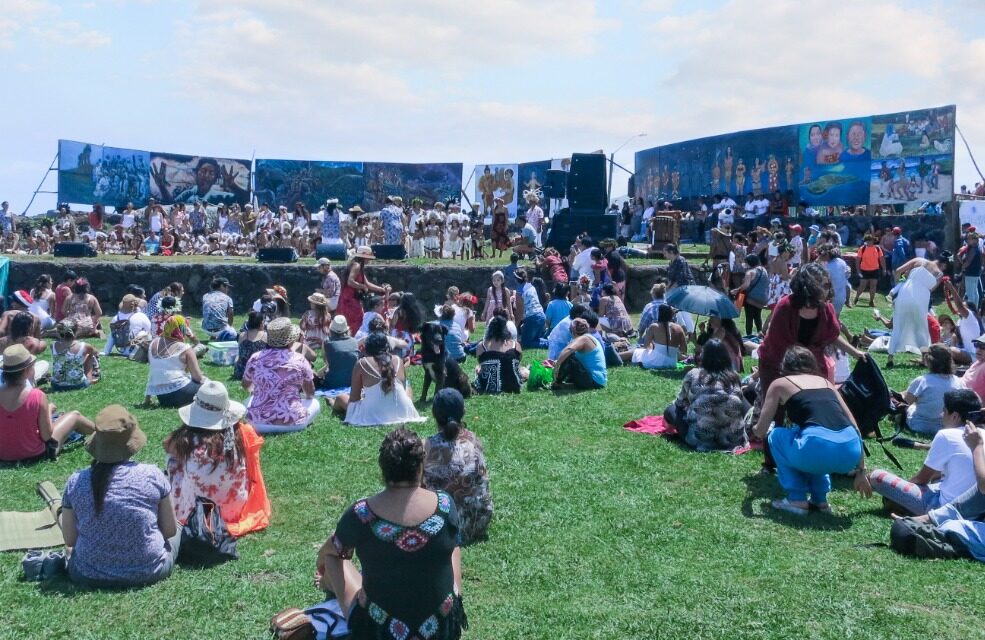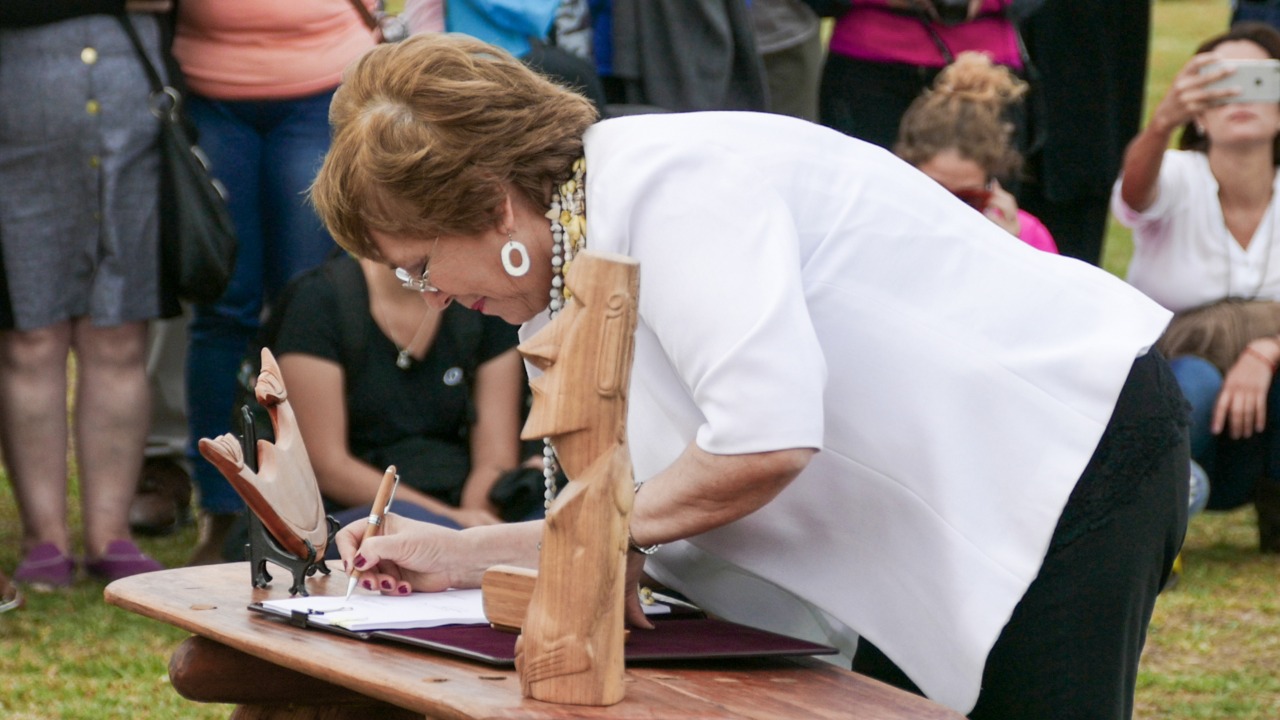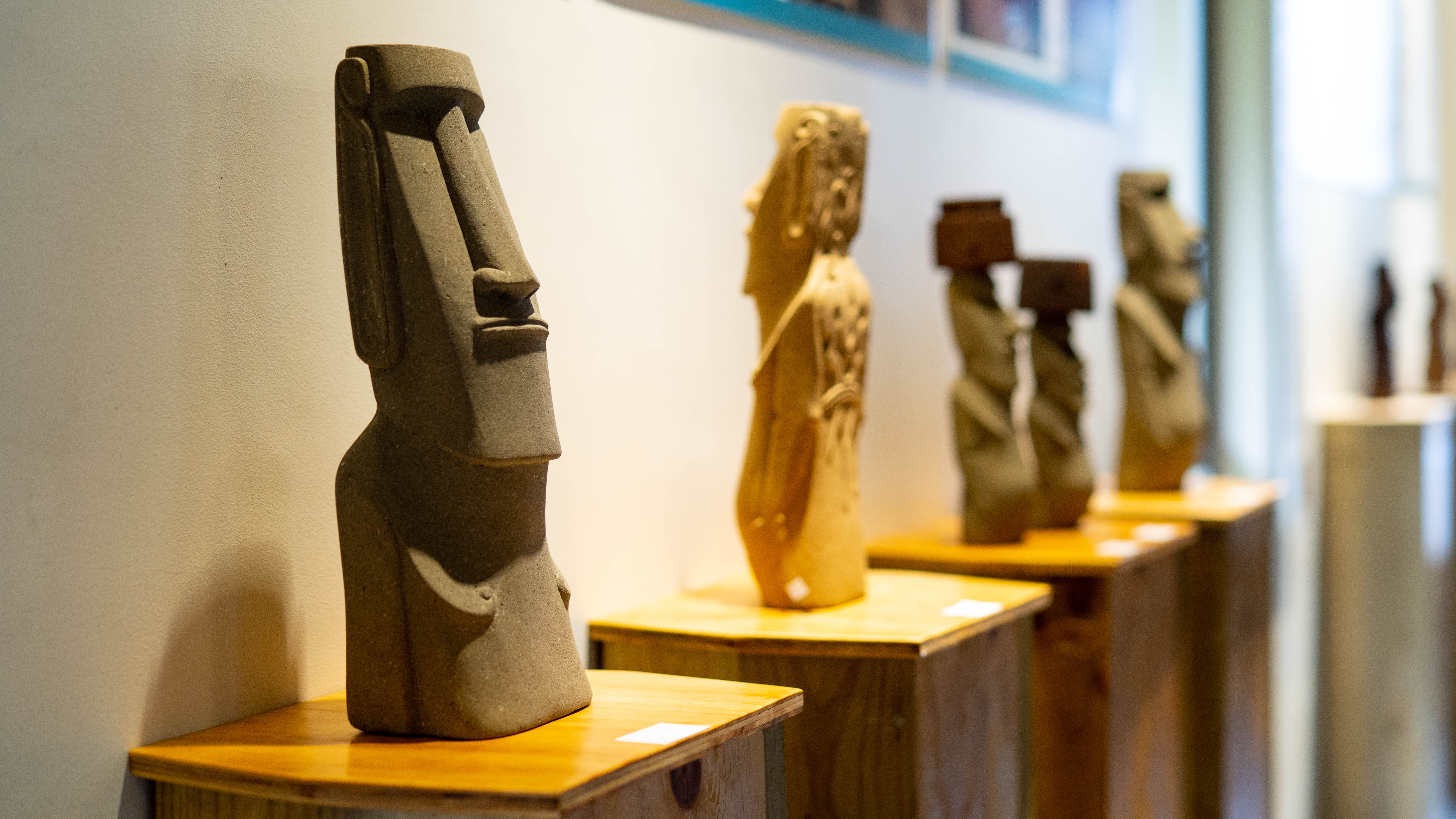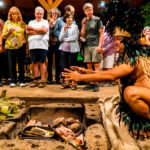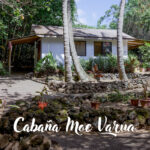Ahu Renga Karo
On the southern side of the Ana Kai Tangata cavern, before reaching the CONAF (Forestry Department) compound, traces of an ancient Ahu (platform), named by Father Sebastian Englert as Ahu Renga Karo, can be found. Today it is totally in ruins. According to Alfredo Tuki-Paté, a former governor and currently a director of the National
Monuments Council, this area was once part of a settlement of the Haumoana clan. Up until 1945, some remains of Hare Paenga or Hare Vaka, so-called “boat-shaped houses” for their form of an inverted canoe, could be spotted. “At one time, this
Ahu held a single Moai (statue), the body of which was taken to the CONAF compound, but the head was chopped off and we don’t know where that might be. Later on, the site was used
as a corral, both for pigs and for raising cattle.”

offer some insight. She notes that, based on information obtained by Katherine Routledge in 1914 from a native called Langitopa, the American archaeologist Jo Anne van Tilburg feels that this Ahu might have marked a boundary between lands of the Miru clan and those of the Haumoana clan, with a “stone in the middle”. However, no stone of any size or significant shape which could be considered “the stone in the middle” has been found within or around the platform.
For Van Tilburg, this Ahu must have had two or
three, or maybe more, phases of construction. It’s possible to visualize a ramp, parallel to the sea, semi-pyramidal and almost perfect, crowned by a wall of 10 or 12 uncut stones, or perhaps with the edges superficially rounded. In front of the platform, there seems to have existed a great terraced entrance in which some tombs were placed. The presence of four fragments of statues found by Routledge suggest that in one of its phases it was a platform with Moai. In the front, there still are two tombs, one of which is open. Research would be
needed to determine if human remains were removed to end up in a museum somewhere in the world. The French crew of “La Flore”(1872) took away dozens of human skulls from various Ahu near Hanga Roa, and it’s very possible that this was one.
were for the elite, with structures that held a high symbolic value. They were organized around an Ahu or a group of Ahu, ceremonial platforms which might, or might not, have had Moai on top. In front of the Ahu, there was usually a large ceremonial esplanade and behind that, the living quarters.
abandoned as a result of the tragic decrease in population and the subsequent transfer of the few
remaining inhabitants to what is now the town of Hanga Roa. Later, the Williamson & Balfour sheep
company, which leased the Island from the Chilean government between 1905 and 1953, utilized the material from the old houses for other purposes, mainly for stone fences which served for their livestock activities. Even later, as the Island began to see a future as a tourist destination, the infrastructure that has expanded along the coast was, in many places, installed on top of these old villages. Today, the remains of many villages have had to face the
impact of extensive grazing and the damage produced by humans, as in the case of Ahu Renga Karo.
As a resident of the area, Alfredo Tuki shows that in the sector between Ana Kai Tangtata and Ahu Renga Karo there are still some remains of tahetas, paengas and bases of the boat-shaped houses among the installations of the municipal children’s
playground and comments: “In spite of the sector being partially fenced, some vehicles use this area to cross to the massage parlor that is to the northwest side of Ana Kai Tangata or to drive to the edge of the cliff. Until now, no researcher has shown an interest in doing the studies needed to recover this settlement and its Ahu.”
Related Reports:
Ahu a Moa Paro
The Ahu A Moa Paro, an ancient platform relatively unknown is found in the Hanga Hemu sector, approximately 80 meters (260 feet) to the west of the only gravel quarry that exists on Rapa Nui.
Mahana o te Re’o Rapa Nui
The Day of the Language or Mahana or te Re’o was created in 1995 by two teachers of the Rapanui language, Hilaria Tuki and Virginia Haoa, to raise awareness.
Honui
HonuiThe Rapanui Families Organize2016 was the 50th anniversary of the government of Chile establishing civil administration on Rapa Nui, after leasing it for 47 years to a British multi-national livestock firm, followed by 13 years under the administration and...


